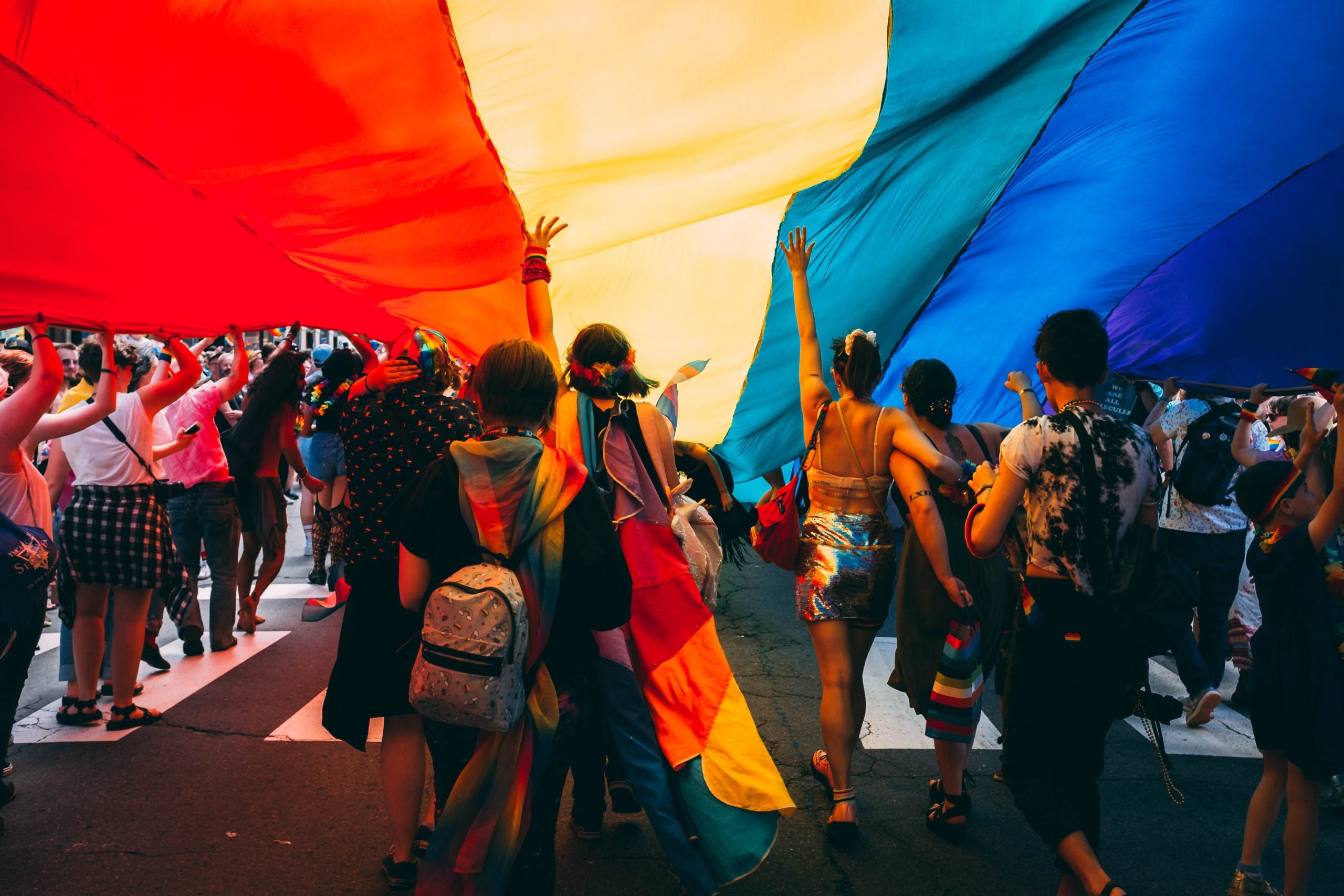June is a special month for the LGBT community worldwide. It’s a time when we come together to celebrate Pride Month, honouring the influence and impact that LGBT individuals have had on society.
At SourceCodeStudio, we are proud supporters of the LGBTQ+ community, and in this blog article, we will delve into the fascinating history of the rainbow flag – an iconic symbol of pride and unity.
Join us as we explore the origins and evolution of this powerful design.
The Birth of the Rainbow Flag
In the late 1970s, artist and gay rights activist Gilbert Baker, inspired by the need for a unifying symbol for the gay community, created the first rainbow flag. Baker, an influential figure in San Francisco’s LGBT community, envisioned a flag that represented the diversity and resilience of the LGBTQ+ community.
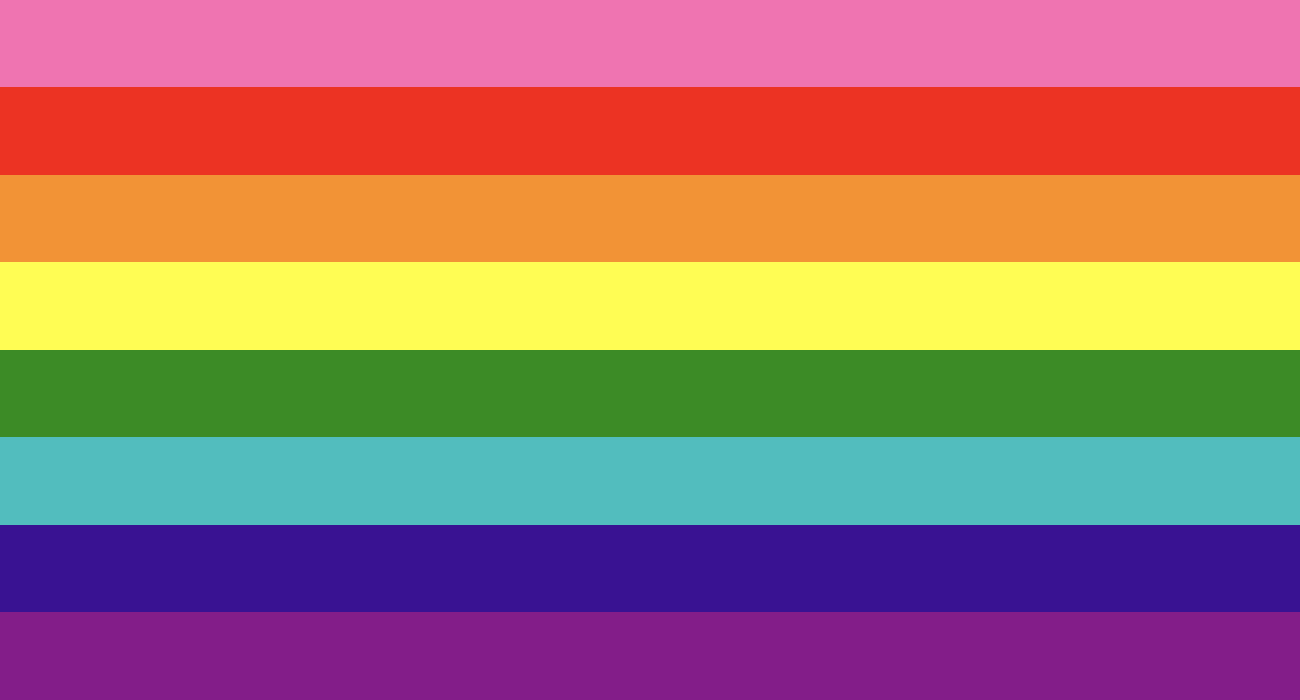
The Symbolism of the Colours
The original rainbow flag featured eight vibrant colours, each holding its own significance. Red represented life, orange symbolised healing, yellow stood for sunlight, green represented nature, turquoise symbolised art, indigo stood for serenity, and violet represented spirit. Over time, the design evolved, and the number of colours was reduced to the iconic six we recognise today.
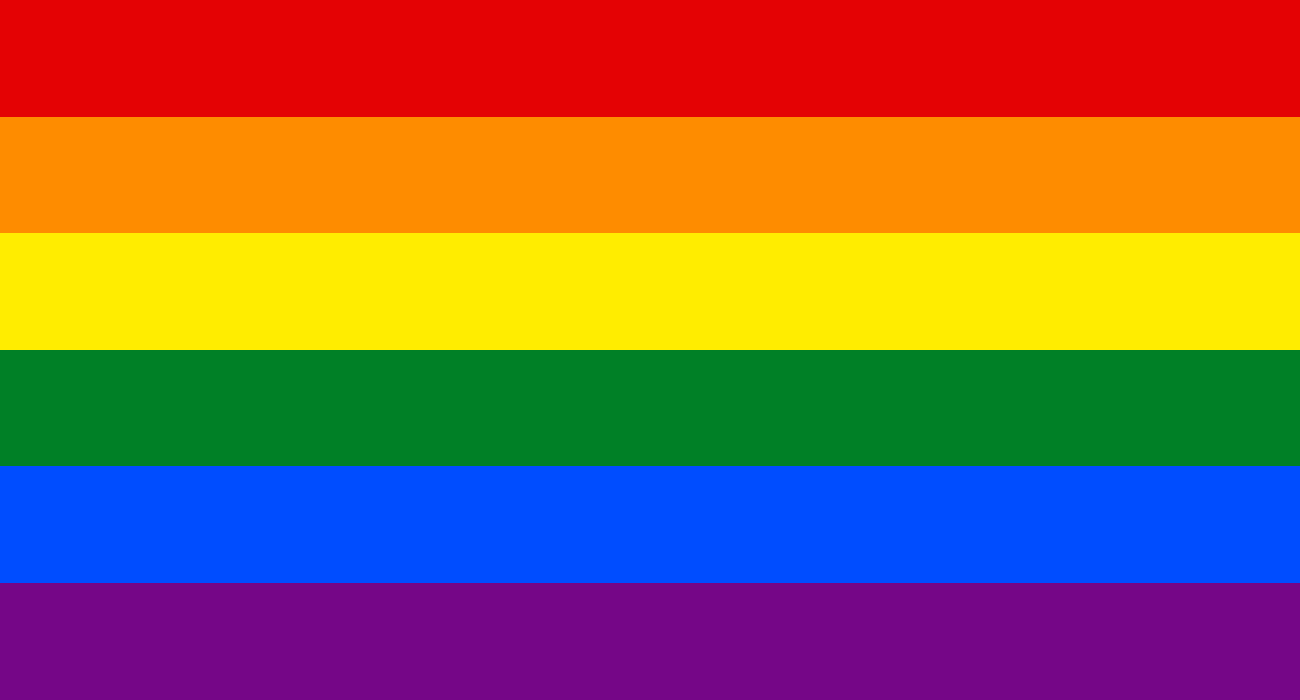
The Evolution of the Design
In the 1970s, the rainbow flag gained widespread recognition and became an important symbol for the LGBTQ+ community. As it gained popularity, different versions of the flag emerged, each with its own unique modifications. One of the most widely used designs features six horizontal stripes, with the colours red, orange, yellow, green, blue, and purple.
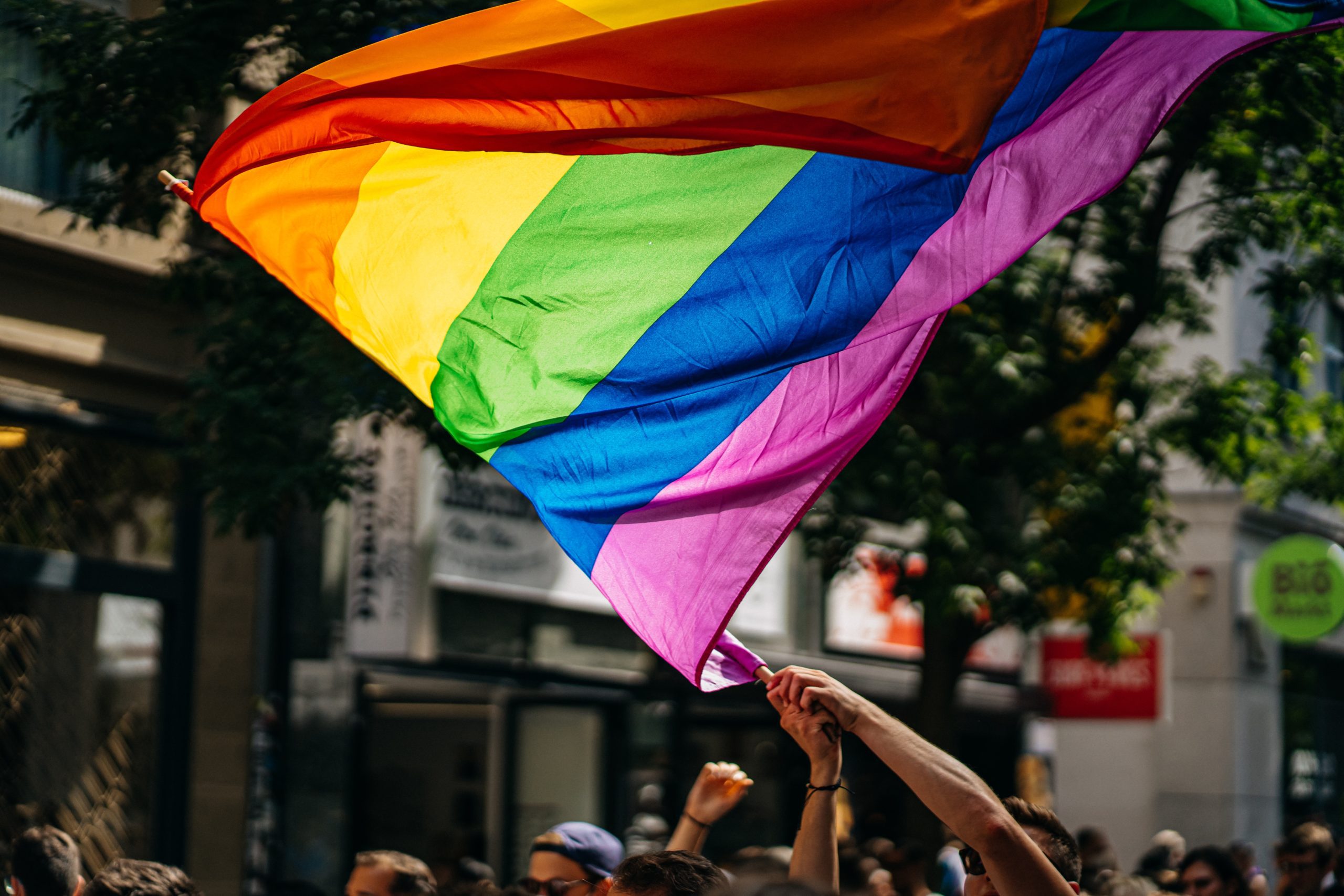
The Impact of the Rainbow Flag
The rainbow flag quickly became an emblem of pride and unity for the LGBTQ+ community. It was proudly raised during protests, parades, and gatherings, acting as a symbol of hope and solidarity. The flag helped create a sense of belonging and acceptance, promoting inclusivity and advocating for equal rights.
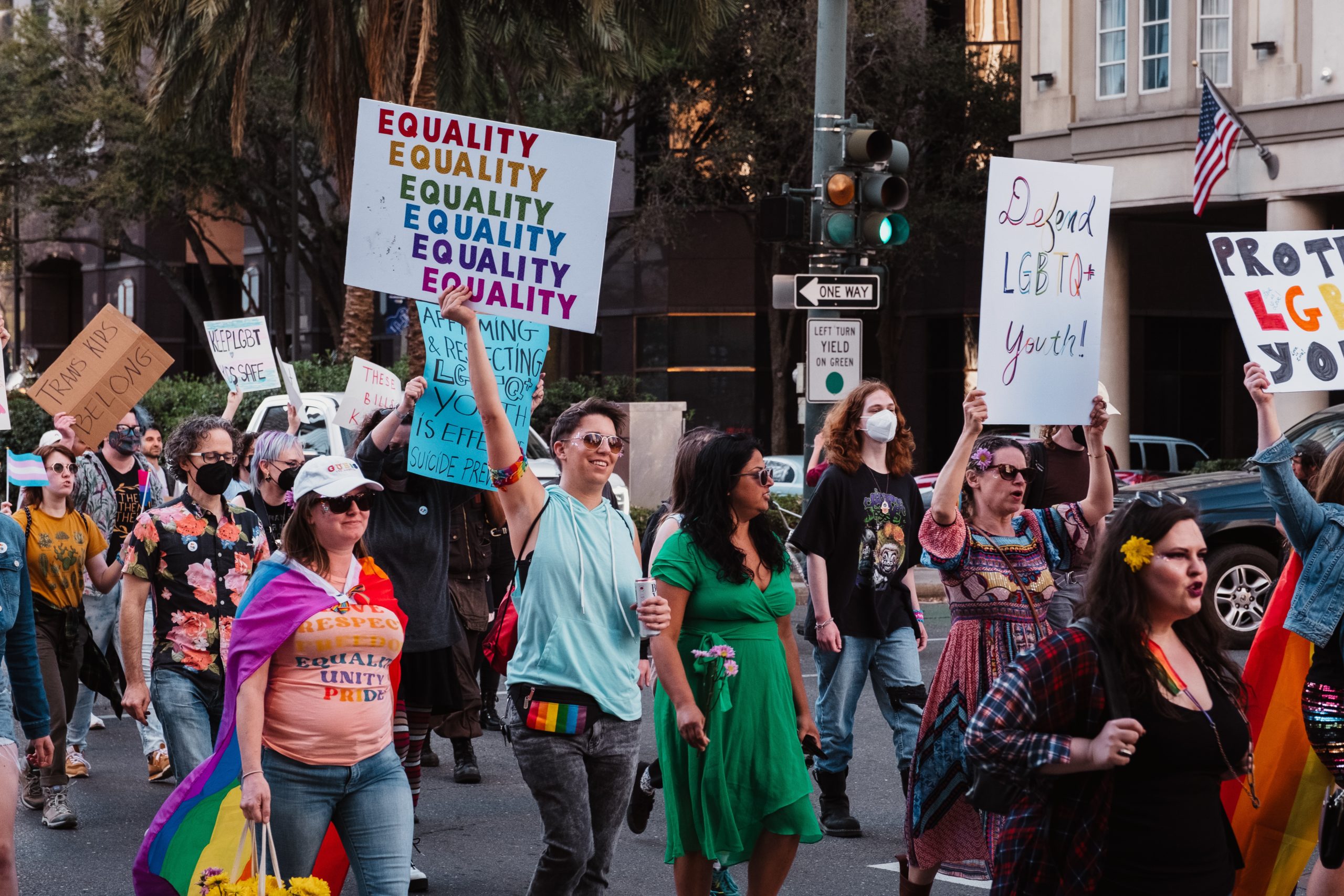
The Legacy and Global Recognition
Today, the rainbow flag is recognised globally as a symbol of LGBTQ+ pride. Its design has become an integral part of Pride Month celebrations and has inspired countless individuals and communities worldwide. From large-scale events and parades to small, local gatherings, the rainbow flag continues to foster a sense of community and acceptance for the LGBTQ+ community.
As we enter Pride Month 2023, it’s important to reflect on the history and significance of the rainbow flag. This iconic symbol of unity and pride has transcended borders, representing the ongoing fight for equality and acceptance.
At SourceCodeStudio, we stand with the LGBTQ+ community, embracing diversity and celebrating the achievements and contributions of individuals who identify as LGBTQ+. Let’s continue to support and uplift one another as we march forward on the path toward a more inclusive and accepting world.
Happy Pride Month! 🏳️🌈
Looking for a partner that cares as much as you do about your project? Why not book a chat with SourceCodeStudio to see how we can help you achieve your goals:

